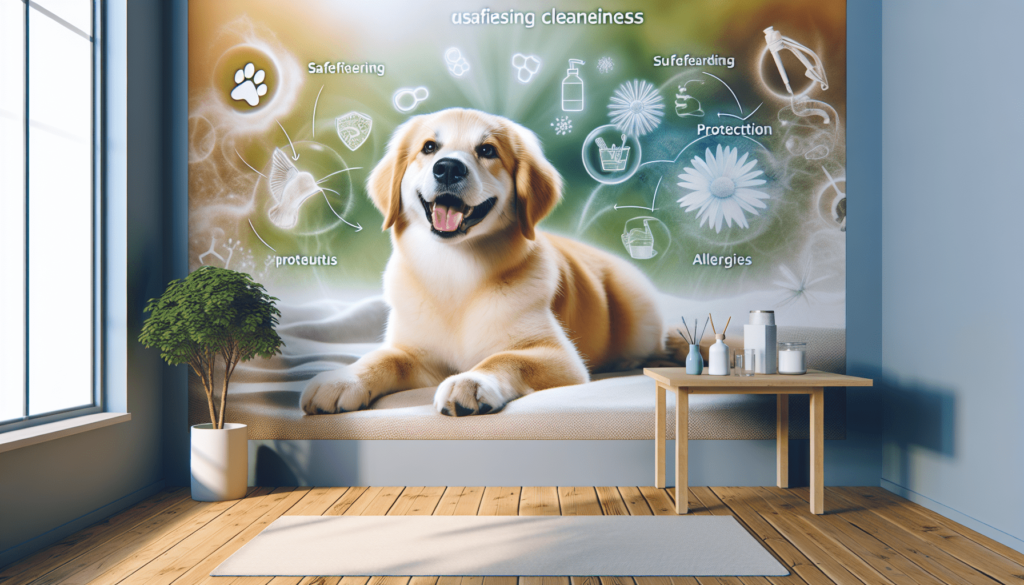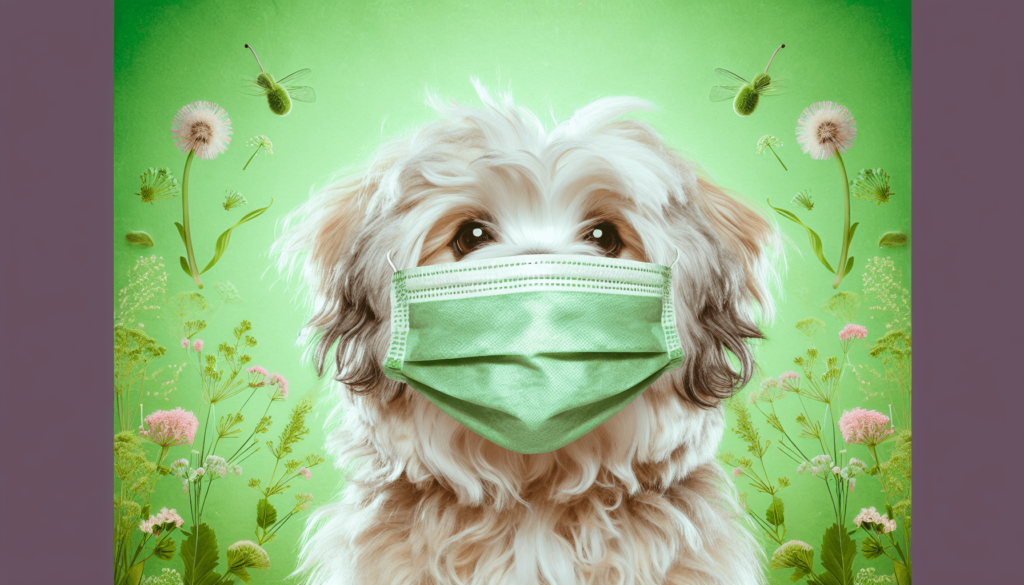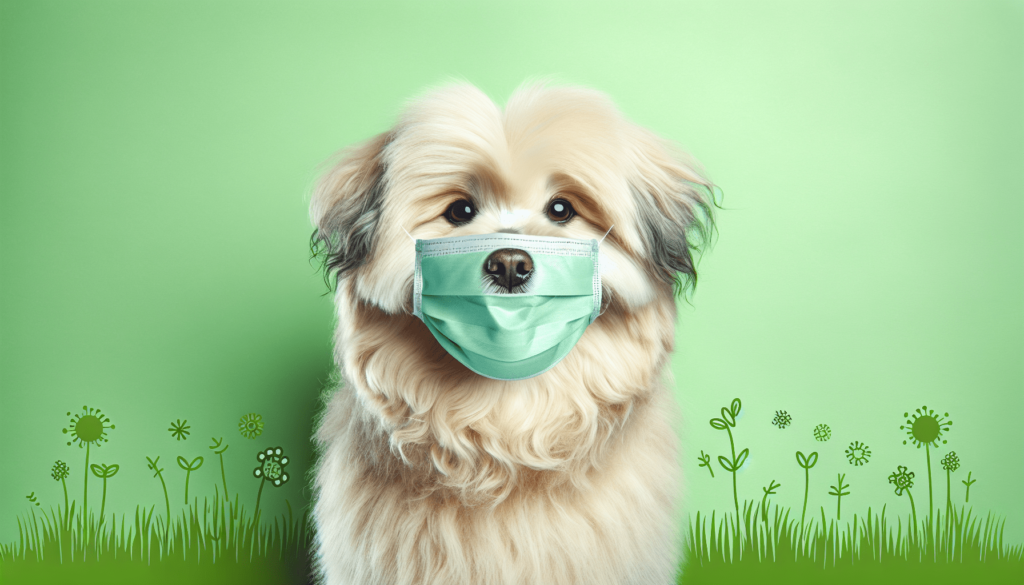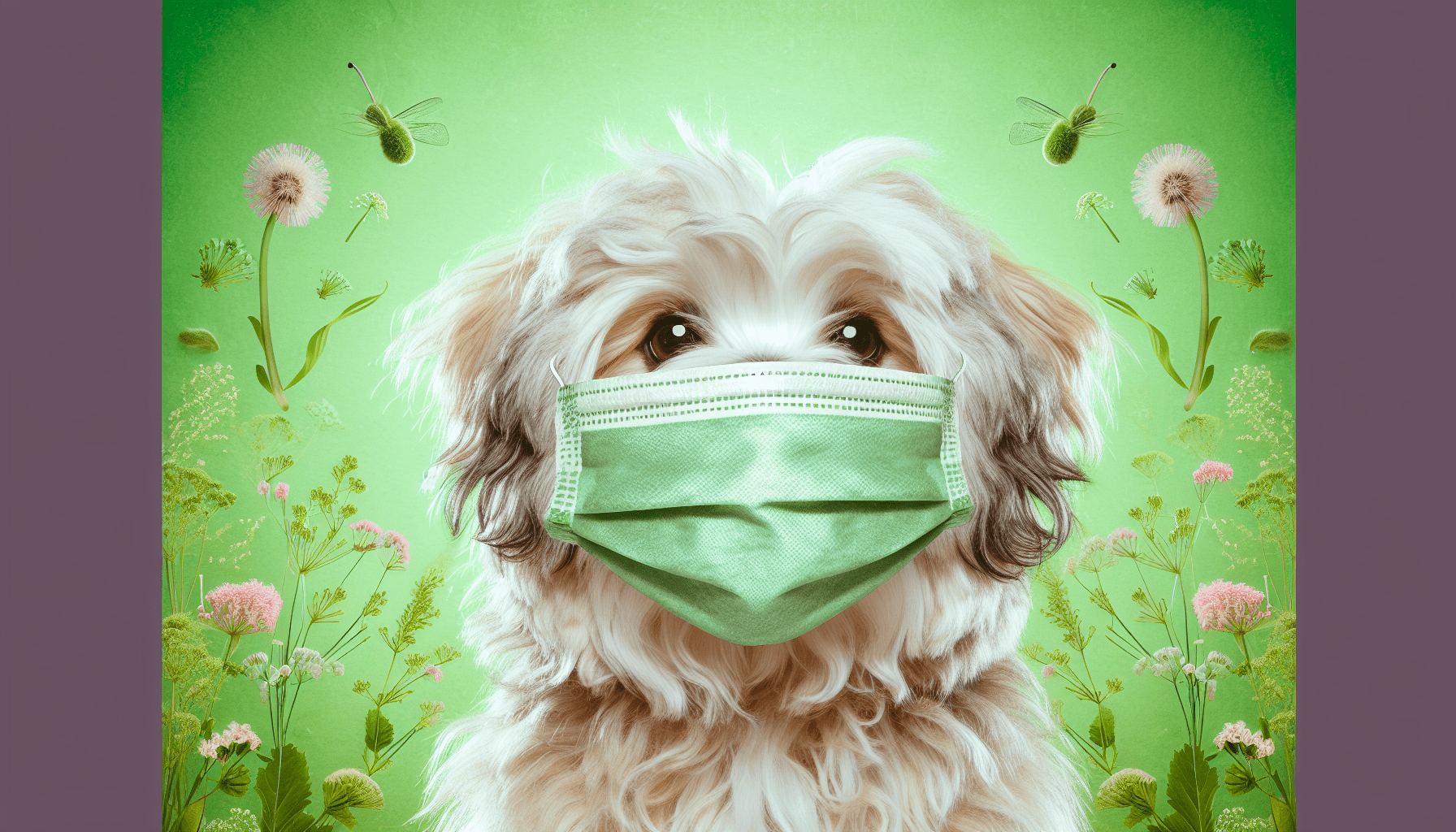Have you ever noticed your pet scratching more than usual or acting lethargic for no clear reason? Pet allergies might play a significant role in such behaviors. As a loving pet owner, you naturally want to protect your furry family member from discomfort and health issues. With compassion and knowledge, you can help prevent and manage allergies effectively. Here are ten practical tips to safeguard your pet’s health and happiness.

Identifying Common Pet Allergies
Understanding common allergens can help you take proactive measures. Allergies in pets, like humans, can result from various sources including food, environmental factors, or even products you use in your home.
Food Allergies
Pets can have allergies to specific ingredients in their food, such as grains, proteins, or additives. Symptoms of food allergies often include gastrointestinal issues, skin irritations, and ear infections.
| Common Food Allergens | Symptoms |
|---|---|
| Grains (wheat, corn) | Itching, gastrointestinal upset, ear infections |
| Proteins (beef, chicken) | Skin irritations, vomiting, diarrhea |
| Additives/Preservatives | Lethargy, behavioral changes |
Environmental Allergies
Environmental allergens like pollen, dust mites, and mold can trigger allergic reactions in pets. These allergens often cause skin issues and respiratory problems.
| Environmental Allergen | Symptoms |
|---|---|
| Pollen (trees, grasses) | Itchy skin, red eyes, sneezing, coughing |
| Dust mites | Frequent scratching, red skin, respiratory issues |
| Mold | Lethargy, coughing, sneezing, skin irritations |
Contact Allergies
Some pets develop allergies to specific substances they come into direct contact with, such as certain fabrics, cleaning products, or even other animals.
| Contact Allergen | Symptoms |
|---|---|
| Fabrics (wool, nylon) | Skin rashes, itching |
| Cleaning products | Redness, swelling, itching |
| Other animals | Skin irritations, hives |
Tip #1: Provide a Balanced Diet
A balanced diet is crucial for keeping your pet healthy and resilient against allergies. Feeding your pet high-quality food that is free from common allergens can help prevent food-related allergic reactions.
Avoid Common Allergens
When choosing your pet’s food, carefully read labels to ensure it does not contain common allergens. Consider feeding your pet a hypoallergenic diet if they have shown signs of food allergies.
Consult with a Veterinarian
Your veterinarian can guide you in selecting the right food for your pet and suggest safe options for eliminating allergens from their diet.
Tip #2: Maintain a Clean Home
Keeping your home clean can significantly reduce the presence of allergens that affect your pet. Regular cleaning helps remove pollen, dust, and other potential irritants from the environment.
Regular Cleaning Schedule
Develop a cleaning routine that includes vacuuming, dusting, and washing your pet’s bedding frequently. Using a vacuum cleaner with a HEPA filter can be particularly effective in trapping allergens.
Use Pet-Safe Cleaning Products
Ensure that the cleaning products you use are safe for pets and free from harsh chemicals that could cause allergic reactions.
Tip #3: Regular Grooming
Bathing and grooming your pet regularly can help manage and prevent allergic reactions. Regular grooming helps to remove allergens from your pet’s coat and skin, keeping them comfortable and healthy.
Appropriate Grooming Products
Use hypoallergenic shampoos and grooming products designed for pets with sensitive skin. Avoid products with artificial fragrances, as these can sometimes cause reactions.
Consistent Grooming Routine
Establish a regular grooming schedule based on your pet’s breed and needs. Brush their fur regularly to remove loose hair and prevent matting, which can trap allergens close to their skin.

Tip #4: Frequent Vet Visits
Regular visits to the veterinarian can help identify and manage allergies before they become severe. Your vet can perform tests to determine what your pet is allergic to and provide appropriate treatment.
Allergy Testing
Allergy tests can pinpoint specific allergens affecting your pet, allowing you to take targeted measures to reduce their exposure.
Routine Check-ups
Regular check-ups ensure that any emerging health issues, including allergies, are detected and managed early.
Tip #5: Control Environmental Allergens
Minimizing the presence of environmental allergens can make a considerable difference in your pet’s well-being. This involves managing both indoor and outdoor environments where your pet spends time.
Indoor Environment
Use air purifiers to reduce airborne allergens inside your home. Maintain low humidity levels to prevent mold growth and consider using anti-allergen sprays on your pet’s bed and favorite areas.
Outdoor Environment
Limit your pet’s exposure to outdoor allergens by washing their paws and fur when they come in from outside. Create a designated area for them to play that is free from plants that produce pollen.

Tip #6: Provide a Comfortable Living Space
Creating a cozy, allergy-proof living area for your pet can help manage their symptoms more effectively. Ensure their resting and sleeping areas are clean, comfortable, and free from allergens.
Hypoallergenic Bedding
Choose bedding made from hypoallergenic materials that can resist dust mites and other allergens. Wash their bedding regularly in hot water to kill any potential allergens.
Allergy-Proof Furniture
Consider using furniture covers or opting for furniture made from materials that do not harbor allergens. Leather and synthetic fabrics can be easier to clean and less likely to attract dust and pollen.
Tip #7: Use Supplements and Medications
Supplements and medications can play a significant role in managing your pet’s allergies. Your veterinarian can recommend appropriate treatments to alleviate your pet’s discomfort.
Omega-3 Fatty Acids
Omega-3 fatty acids can help reduce inflammation and improve your pet’s skin health. These can be found in fish oil supplements or specific pet foods formulated to manage allergies.
Antihistamines and Steroids
In cases of severe allergic reactions, your vet may prescribe antihistamines or steroids to help manage symptoms. Always follow the prescribed dosage and instructions to ensure your pet’s safety.

Tip #8: Alternative Therapies
Alternative therapies, such as acupuncture and herbal treatments, can complement traditional allergy treatments. While these methods may not replace conventional medicine, they can provide additional relief for your pet.
Acupuncture
Acupuncture can help manage chronic conditions and alleviate allergy symptoms through stimulation of certain points on your pet’s body, improving their immune response.
Herbal Remedies
Herbal remedies can also be beneficial, but it’s important to consult your veterinarian before introducing any new treatments to ensure safety and efficacy.
Tip #9: Monitor for Signs of Allergies
Being vigilant about your pet’s health and behavior can help you catch allergy symptoms early. Early intervention can prevent minor issues from turning into major health concerns.
Common Symptoms to Watch For
- Excessive scratching or licking
- Red or inflamed skin
- Frequent sneezing or coughing
- Ear infections
- Gastrointestinal issues like vomiting or diarrhea
Keep a Health Journal
Maintaining a health journal for your pet can help you track symptoms, diet, and any potential triggers. This can provide valuable insight when consulting with your veterinarian.
Tip #10: Educate Yourself and Stay Informed
Staying informed about the latest research and treatments for pet allergies can help you provide the best care possible. Knowledge empowers you to make well-informed decisions regarding your pet’s health.
Reputable Sources
Follow advice from reputable sources such as veterinary schools, professional organizations, and credible pet health websites. Avoid relying on anecdotal information that hasn’t been scientifically validated.
Continuous Learning
Consider attending workshops or webinars on pet health and allergies. Engaging with other pet owners through forums or social media groups can also provide practical insights and support.
Protecting your pet from allergies is a continuous process of observation, adaptation, and care. By being proactive and informed, you will not only enhance your pet’s quality of life but also deepen the bond you share with them. Your efforts to maintain a clean environment, provide appropriate nutrition, and seek appropriate medical care can significantly contribute to keeping your beloved pet healthy and happy.
